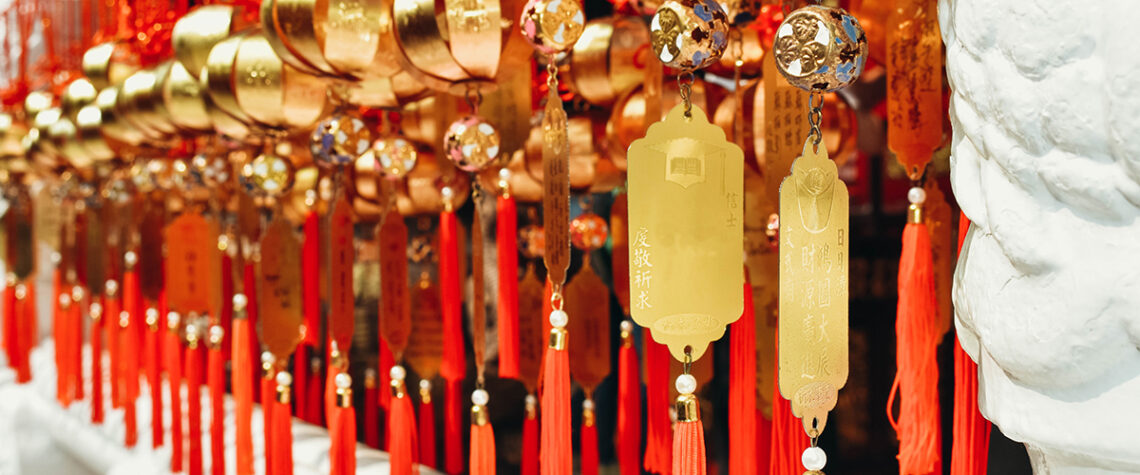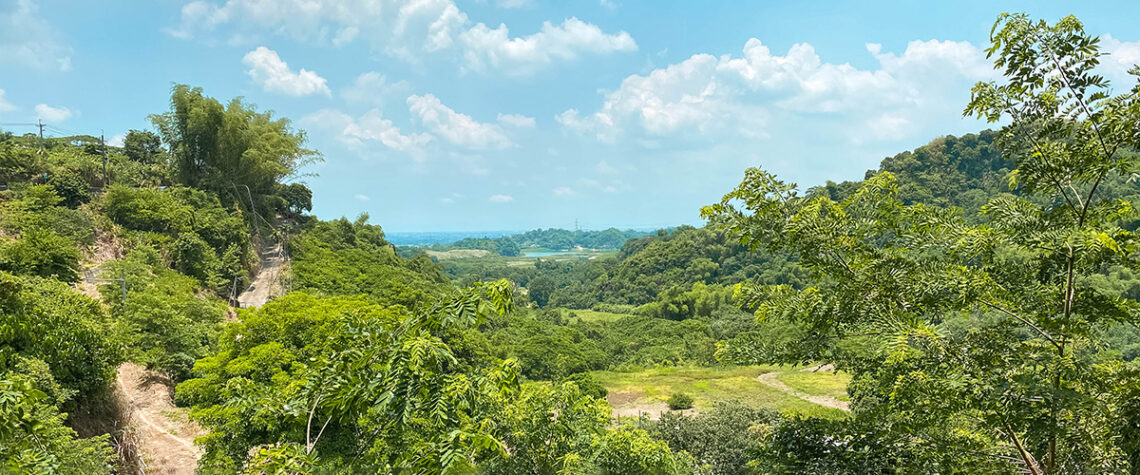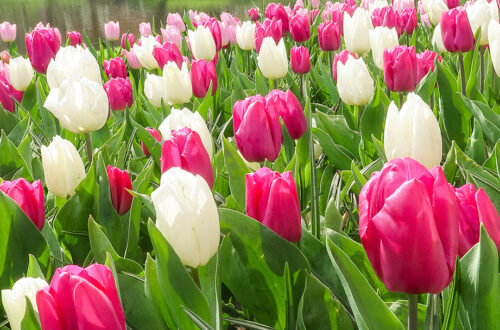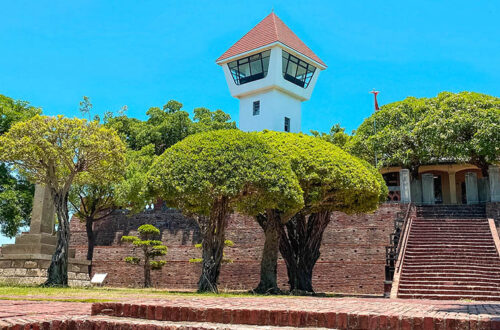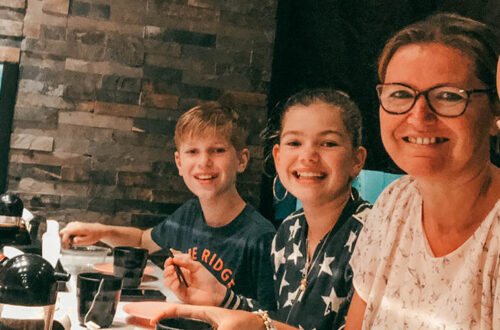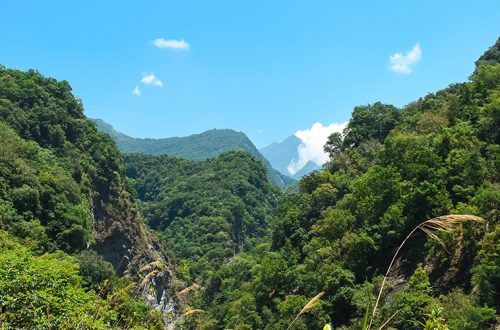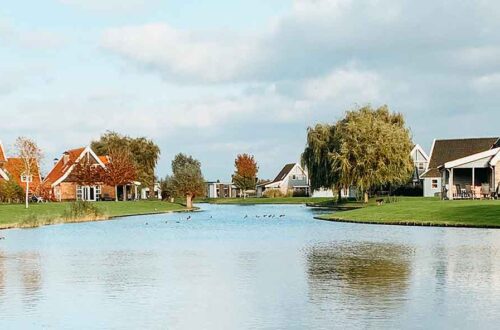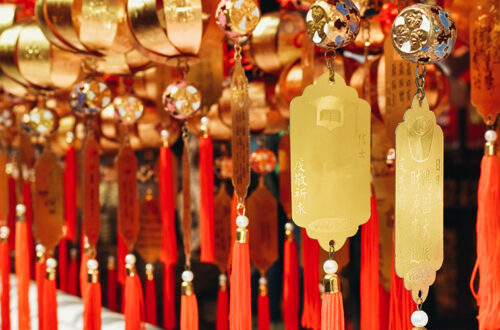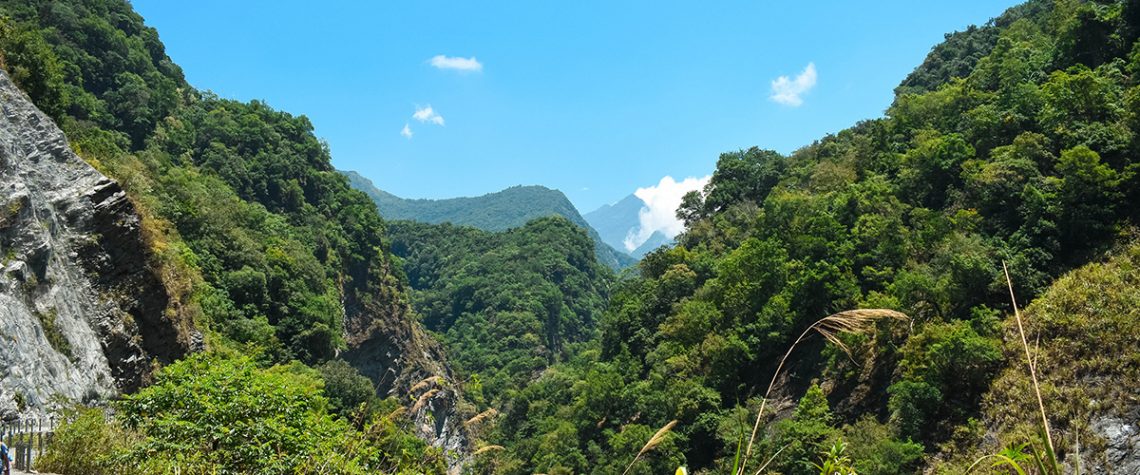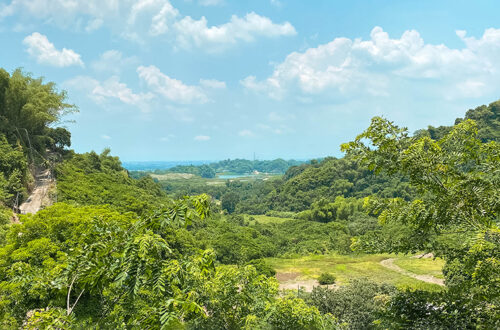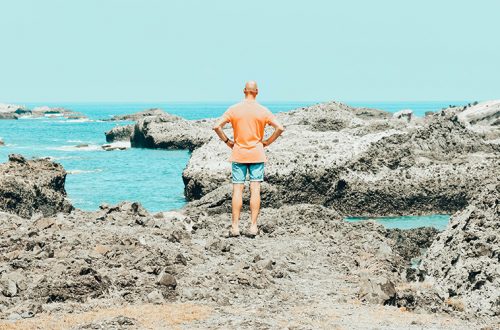-
Xie Xie Ni Taiwan
Our last week in Taiwan has arrived. The last week of an incredible four year adventure in which we have learned and grown so much. Four years in which we have learned about Taiwan and the culture that comes with this country. Four years in which we have had to deal with emotions that we never experienced before. But also four years in which we have created a unique family bond and in which we have grown so close as a family. No one can take this incredibly beautiful experience away from us. Before we step on the plane, we want to look back on this adventure and say thank…
-
Hot Springs in Taiwan
Hot springs are very popular in Taiwan. Especially during the winter months, Taiwanese people visit the various hot springs and resorts. So this was something that was definitely on our list to do during our time in Taiwan. But how exactly does this work? Are there things we should and shouldn’t do? I must admit that I have never visited a Spa in the Netherlands. Only those in the holiday parks, but that is self-explanatory. Visiting the Hot Springs in Taiwan was exciting, and the fact that we already know more about Taiwan culture has helped enormously. I’m glad I can share our experiences with you so that your visit…
-
Fort Zeelandia Tainan
Taiwan has a rich history that takes us more than 100,000 years back in time. Its geographical location has had a significant influence on history as we know it today. Taiwan is an island that was very easy to reach for traders from the sea. The nearby countries of China and Japan have also had a great influence on Taiwan’s history. But as you may know, we are Dutch, and the Dutch are also part of Taiwan’s history. We wanted to learn more from this history and visited Fort Zeelandia in Tainan that remembers that period and is definitely worth visiting if you are in Taiwan. Tainan In the southwest…
-
National Palace Museum Taipei
When you come to Taipei, you may visit Taipei 101 and Chiang Kai-shek Memorial Hall. But there is another great place to add to your list of places to visit in this city. The National Palace Museum is one of the world’s largest and finest Chinese artifacts museums, which is also one of the must-see attractions in Taipei. I will provide you with more information about this Museum and how to get there. This museum is further away from the city, so it takes a little more effort to easily travel there. But because we’ve all figured this out before, I’d like to share our information. National Palace Museum This museum has…
-
Taroko National Park: Tips for visiting as a family.
Taiwan has nine National Parks, and they are all unique in their own way. We visited a few of these parks in the meantime. Most of them are big and have many trails to hike and beautiful places to visit. For some mountainous areas, you need a permit where you have to apply for several days or weeks before you go. So be aware of this if you travel to Taiwan and plan to do some hikes in the National Parks. The park that we love the most is Taroko National Park. This park is a must-visit when you travel to Taiwan, and I’m willing to help you plan your…

